Indoor Mint Growing: Unlock the secrets to a fragrant, fresh, and thriving herb garden right inside your home! Have you ever dreamt of snipping fresh mint leaves for your morning tea or adding a vibrant touch to your summer cocktails, all without stepping foot outside? Well, dream no more! This DIY guide is your passport to a world of aromatic bliss, teaching you simple yet effective tricks to cultivate lush mint indoors.
Mint, with its invigorating scent and versatile uses, has been cherished for centuries. From ancient medicinal practices to culinary delights, mint has played a significant role in various cultures. The Romans, for instance, used mint to freshen their breath and flavor their sauces, while Egyptians used it in religious ceremonies. Today, we continue to appreciate mint for its refreshing qualities and health benefits.
But why should you bother with indoor mint growing? In today’s fast-paced world, having access to fresh herbs can be a game-changer. Store-bought mint often lacks the vibrant flavor and freshness of homegrown varieties. Plus, growing your own mint is incredibly rewarding, offering a sense of accomplishment and connection to nature. Not only that, but it’s a sustainable way to reduce your reliance on commercially grown herbs, minimizing your environmental impact. So, let’s dive in and discover the easy-to-follow steps that will transform your windowsill into a minty paradise!
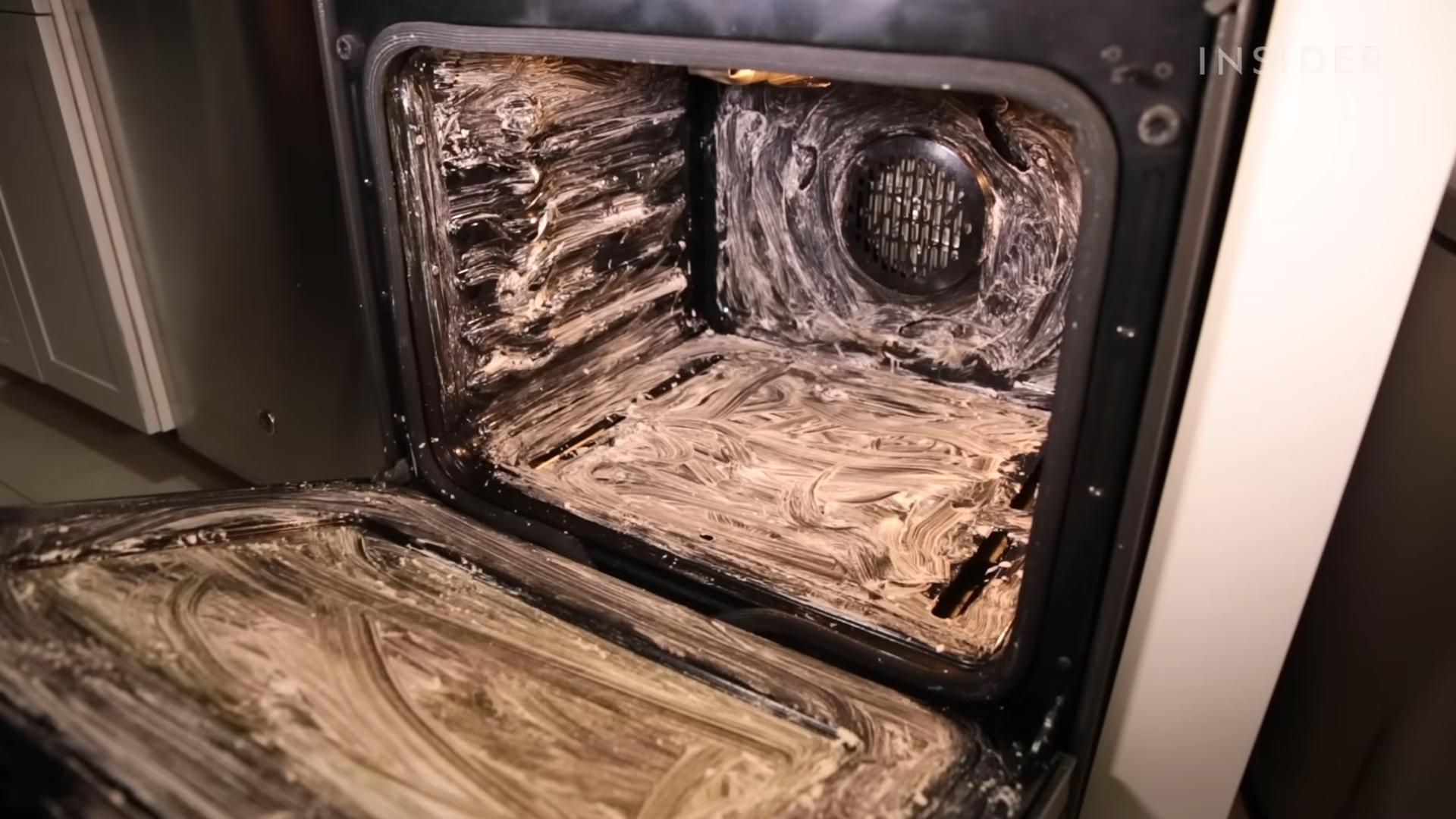
Grow Your Own Mint Indoors: A Beginner’s Guide
Hey there, fellow plant enthusiasts! Ever dreamt of having fresh, fragrant mint right at your fingertips, ready to be plucked for your tea, mojitos, or culinary creations? Well, dream no more! Growing mint indoors is surprisingly easy and rewarding. I’m going to walk you through everything you need to know to cultivate your own thriving indoor mint garden. Let’s get started!
Choosing Your Mint Variety
First things first, let’s talk mint varieties. There’s a whole world of mint out there, each with its unique flavor and aroma. Here are a few popular choices for indoor growing:
- Peppermint: The classic, strong mint flavor perfect for teas and desserts.
- Spearmint: A milder, sweeter mint often used in chewing gum and sauces.
- Chocolate Mint: Yes, you read that right! This variety has a subtle chocolatey undertone.
- Apple Mint: A fruity, refreshing mint ideal for salads and drinks.
I personally love growing peppermint and spearmint because they are so versatile. But feel free to experiment and find your favorite! You can usually find these varieties at your local garden center or online.
Gathering Your Supplies
Okay, now that you’ve chosen your mint, let’s gather the necessary supplies. Here’s what you’ll need:
- Mint cuttings or a small mint plant: You can propagate mint from cuttings (more on that later) or purchase a small plant from a nursery.
- A pot with drainage holes: Choose a pot that’s at least 6 inches in diameter to give your mint room to grow. Drainage is crucial to prevent root rot.
- Potting mix: Use a well-draining potting mix specifically formulated for containers. Avoid using garden soil, as it can become compacted and doesn’t drain well.
- Watering can or spray bottle: For watering your mint.
- A sunny windowsill or grow light: Mint needs plenty of light to thrive.
- Optional: Fertilizer (balanced liquid fertilizer diluted to half strength)
Propagating Mint from Cuttings (Optional)
If you’re feeling adventurous, you can propagate mint from cuttings. It’s a fun and economical way to expand your mint collection! Here’s how I do it:
- Select a healthy stem: Choose a stem that’s about 4-6 inches long and has several leaves.
- Remove the lower leaves: Strip off the leaves from the bottom 2 inches of the stem. This is where the roots will grow.
- Place the cutting in water: Put the cutting in a glass or jar filled with water, making sure the nodes (where the leaves were removed) are submerged.
- Wait for roots to develop: Place the glass in a bright, indirect light location. Change the water every few days. You should see roots start to emerge in about a week or two.
- Plant the rooted cutting: Once the roots are about an inch long, you can plant the cutting in a pot filled with potting mix.
Planting Your Mint
Whether you’re starting with a cutting or a small plant, the planting process is the same.
- Fill the pot with potting mix: Leave about an inch of space at the top of the pot.
- Create a hole: Dig a hole in the center of the potting mix large enough to accommodate the roots of your mint plant or cutting.
- Gently place the mint in the hole: Make sure the top of the root ball is level with the surface of the potting mix.
- Fill in the hole with potting mix: Gently pat the soil around the base of the plant to secure it.
- Water thoroughly: Water the soil until it’s evenly moist but not soggy.
Caring for Your Indoor Mint
Now comes the fun part: nurturing your mint and watching it grow! Here’s what you need to do to keep your mint happy and healthy:
- Light: Mint needs at least 6 hours of sunlight per day. Place your pot on a sunny windowsill that faces south or west. If you don’t have enough natural light, you can use a grow light.
- Watering: Keep the soil consistently moist but not soggy. Water when the top inch of soil feels dry to the touch. Avoid overwatering, as this can lead to root rot.
- Humidity: Mint prefers moderate humidity. If your home is dry, you can increase humidity by misting the leaves with water or placing the pot on a tray filled with pebbles and water.
- Fertilizing: Feed your mint with a balanced liquid fertilizer diluted to half strength every 2-4 weeks during the growing season (spring and summer).
- Pruning: Regular pruning is essential to keep your mint bushy and prevent it from becoming leggy. Pinch off the top leaves of the stems to encourage branching. You can also harvest leaves as needed for cooking or tea.
- Pest Control: Keep an eye out for pests like aphids, spider mites, and whiteflies. If you spot any pests, you can try spraying them with insecticidal soap or neem oil.
Harvesting Your Mint
Harvesting mint is easy and rewarding! Simply snip off the leaves or stems as needed. The more you harvest, the more your mint will grow! I usually harvest my mint in the morning, when the essential oils are most concentrated.
Dealing with Common Problems
Even with the best care, you might encounter a few problems along the way. Here are some common issues and how to address them:
- Yellowing leaves: This could be a sign of overwatering, underwatering, or nutrient deficiency. Adjust your watering schedule and fertilize your mint if needed.
- Leggy growth: This is usually caused by insufficient light. Move your mint to a sunnier location or use a grow light.
- Root rot: This is caused by overwatering. Make sure your pot has drainage holes and allow the soil to dry out slightly between waterings.
- Pests: As mentioned earlier, keep an eye out for pests and treat them promptly with insecticidal soap or neem oil.
Repotting Your Mint
Mint is a vigorous grower and can quickly outgrow its pot. You’ll need to repot your mint every year or two to give it more room to grow. Choose a pot that’s a few inches larger in diameter than the current pot. Gently remove the mint from its old pot and loosen the roots. Place the mint in the new pot and fill in with fresh potting mix. Water thoroughly.
Controlling Mint’s Spread
Mint is notorious for its invasive nature. If you plant it in the ground, it can quickly spread and take over your garden. That’s why growing it in a container is a great way to control its spread. Even in a container, mint can sometimes send out runners (stems that grow horizontally along the surface of the soil). To prevent these runners from escaping the pot, you can trim them off regularly.
Enjoying Your Homegrown Mint
Now that you’ve successfully grown your own mint indoors, it’s time to enjoy the fruits (or rather, leaves) of your labor! Here are just a few ways to use your fresh mint:
- Tea: Steep fresh mint leaves in hot water for a refreshing and soothing tea.
- Mojitos: Muddle mint leaves with lime juice, sugar, and rum for a classic mojito.
- Salads: Add chopped mint to salads for a burst of fresh flavor.
- Sauces: Use mint in sauces for lamb, chicken, or fish.
- Desserts: Garnish desserts with fresh mint leaves or add mint extract to baked goods.
- Infused water: Add mint leaves to a pitcher of water for a refreshing and flavorful drink.
I hope this guide has inspired you to grow your own mint indoors. It’s a rewarding and enjoyable experience that will provide you with fresh, fragrant mint all year round. Happy gardening!
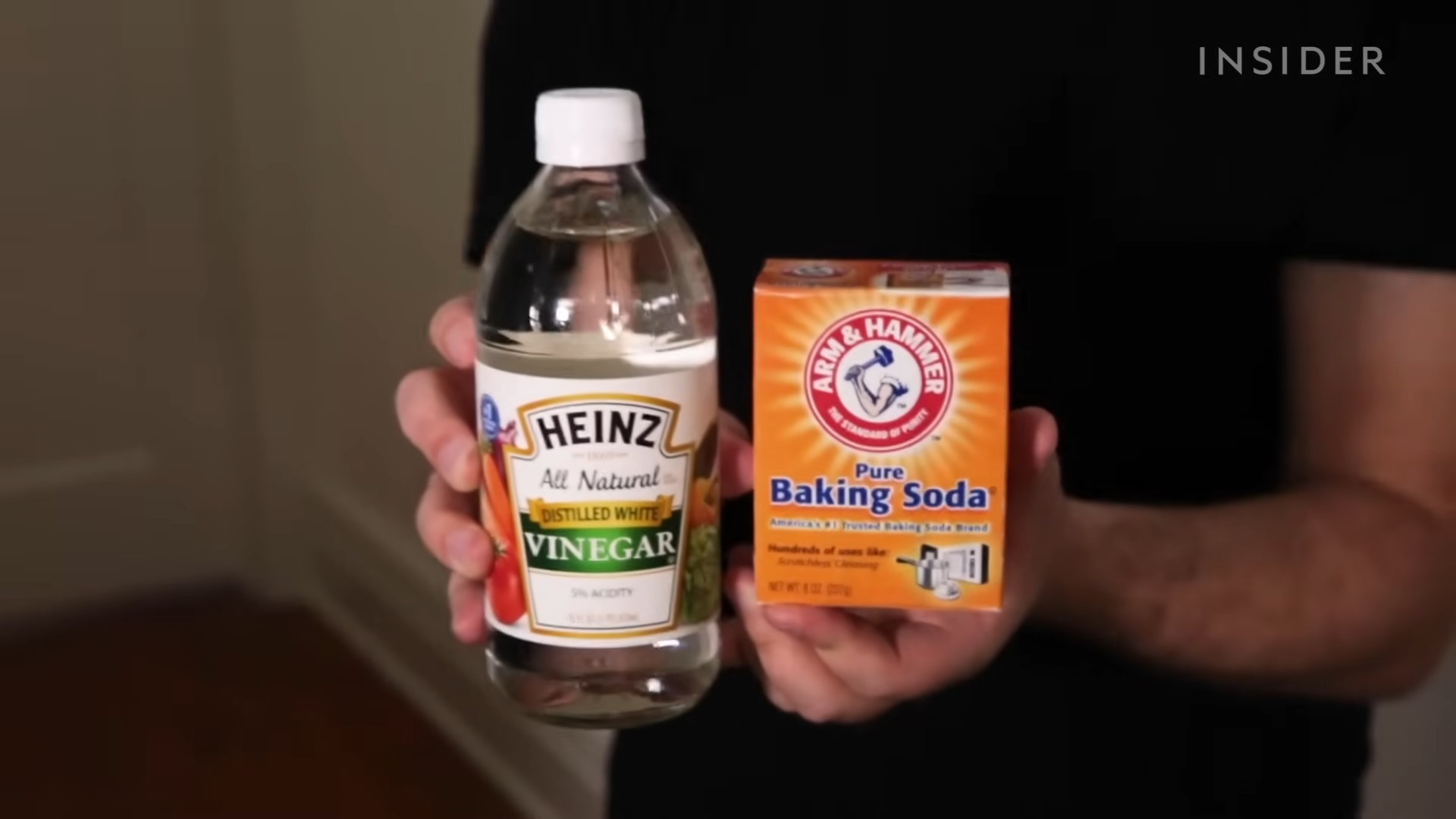
Conclusion
So, there you have it! Mastering the art of indoor mint growing is not only achievable but also incredibly rewarding. We’ve explored the simple yet effective techniques that transform a humble sprig of mint into a thriving indoor herb garden. Forget expensive store-bought mint that wilts within days; with a little effort and these DIY tricks, you can have a constant supply of fresh, fragrant mint right at your fingertips.
Why is this a must-try? Because it’s more than just growing a plant. It’s about connecting with nature, even within the confines of your home. It’s about adding a burst of freshness to your culinary creations, from refreshing mojitos to flavorful sauces and vibrant salads. It’s about the satisfaction of nurturing something from a tiny cutting to a flourishing plant. And, let’s be honest, the delightful aroma that fills your kitchen every time you brush against the leaves is an added bonus.
But the beauty of indoor mint growing lies in its adaptability. Feel free to experiment with different varieties of mint. Peppermint, spearmint, chocolate mint – each offers a unique flavor profile and aroma. Try different containers, from repurposed mason jars to stylish ceramic pots. Consider using a self-watering planter for even easier maintenance. You can even create a miniature herb garden by combining mint with other compatible herbs like basil or parsley.
Don’t be afraid to get creative with your lighting setup. While a sunny windowsill is ideal, a grow light can be a lifesaver, especially during the darker months. And remember, regular pruning is key to encouraging bushy growth and preventing your mint from becoming leggy.
We’ve armed you with the knowledge and the tools; now it’s time to put them into practice. Start small, be patient, and don’t be discouraged by initial setbacks. Every gardener, even the most experienced, has faced challenges along the way. The key is to learn from your mistakes and keep experimenting.
We are confident that you’ll be amazed at how easy and rewarding it is to grow your own mint indoors. So, grab a cutting, gather your supplies, and embark on this exciting journey. And most importantly, we want to hear about your experience! Share your tips, your triumphs, and even your challenges in the comments below. Let’s create a community of indoor mint growers, sharing our knowledge and inspiring each other to cultivate thriving herb gardens. We can’t wait to see your mint masterpieces!
Frequently Asked Questions (FAQ)
1. What is the best type of mint to grow indoors?
The best type of mint to grow indoors depends on your personal preference. Spearmint and peppermint are popular choices due to their versatility in culinary applications. Chocolate mint offers a unique flavor and aroma, while apple mint is known for its milder taste. Consider the space you have available, as some varieties can be more vigorous than others. Experimenting with different types is a great way to discover your favorite!
2. What kind of soil is best for indoor mint growing?
Mint thrives in well-draining soil that is rich in organic matter. A good potting mix specifically formulated for herbs is an excellent choice. You can also create your own mix by combining equal parts of potting soil, perlite, and compost. The perlite ensures good drainage, while the compost provides essential nutrients. Avoid using garden soil, as it can be too heavy and may contain pests or diseases.
3. How much sunlight does indoor mint need?
Mint requires at least 6 hours of sunlight per day to thrive. A sunny windowsill facing south or east is ideal. If you don’t have access to sufficient natural light, consider using a grow light. Position the grow light a few inches above the plant and provide 12-14 hours of light per day. Rotate the plant regularly to ensure even growth on all sides.
4. How often should I water my indoor mint plant?
Water your mint plant when the top inch of soil feels dry to the touch. Avoid overwatering, as this can lead to root rot. Ensure that the pot has drainage holes to allow excess water to escape. During the warmer months, you may need to water more frequently. Check the soil moisture regularly and adjust your watering schedule accordingly.
5. How do I propagate mint from cuttings?
Propagating mint from cuttings is a simple and effective way to expand your indoor herb garden. Take a 4-6 inch cutting from a healthy stem, removing the lower leaves. Place the cutting in a glass of water, ensuring that the nodes (where the leaves were removed) are submerged. Change the water every few days. Within a week or two, roots will begin to develop. Once the roots are about an inch long, you can transplant the cutting into a pot filled with well-draining soil.
6. How do I prune my indoor mint plant?
Pruning is essential for maintaining a healthy and productive mint plant. Regularly pinch off the top leaves to encourage bushy growth. This will also prevent the plant from becoming leggy. You can also prune back the stems by about one-third to promote new growth. Don’t be afraid to harvest your mint frequently, as this will encourage even more growth.
7. What are some common pests and diseases that affect indoor mint?
Common pests that can affect indoor mint include aphids, spider mites, and whiteflies. Regularly inspect your plant for signs of infestation, such as sticky residue, webbing, or tiny insects. Treat infestations with insecticidal soap or neem oil. Overwatering can lead to root rot, so ensure that your plant has good drainage. Powdery mildew can also be a problem, especially in humid environments. Improve air circulation and avoid wetting the leaves when watering to prevent powdery mildew.
8. Can I grow mint indoors year-round?
Yes, you can grow mint indoors year-round with proper care. Provide adequate light, water, and nutrients, and your mint plant will thrive even during the colder months. You may need to adjust your watering schedule and lighting setup depending on the season.
9. How do I fertilize my indoor mint plant?
Fertilize your mint plant every 2-4 weeks during the growing season (spring and summer) with a balanced liquid fertilizer diluted to half strength. Avoid over-fertilizing, as this can lead to leggy growth and a less flavorful herb. You can also amend the soil with compost or worm castings to provide a slow-release source of nutrients.
10. My mint plant is turning yellow. What should I do?
Yellowing leaves can be a sign of several problems, including overwatering, underwatering, nutrient deficiency, or pest infestation. Check the soil moisture and adjust your watering schedule accordingly. Ensure that your plant is receiving adequate light. Fertilize with a balanced liquid fertilizer if nutrient deficiency is suspected. Inspect the plant for pests and treat accordingly. If the problem persists, consider repotting the plant with fresh soil.

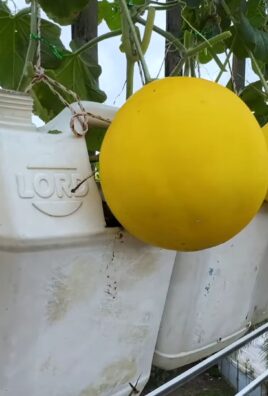
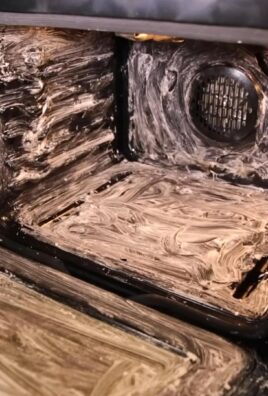
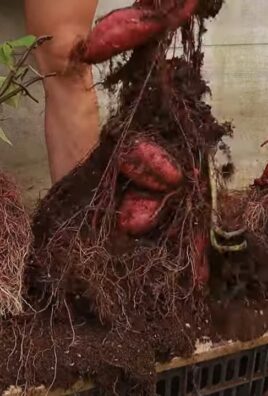
Leave a Comment